Exploring the Mighty Himalayas of Nepal: Post-COVID Indian Subcontinent Travel Guide
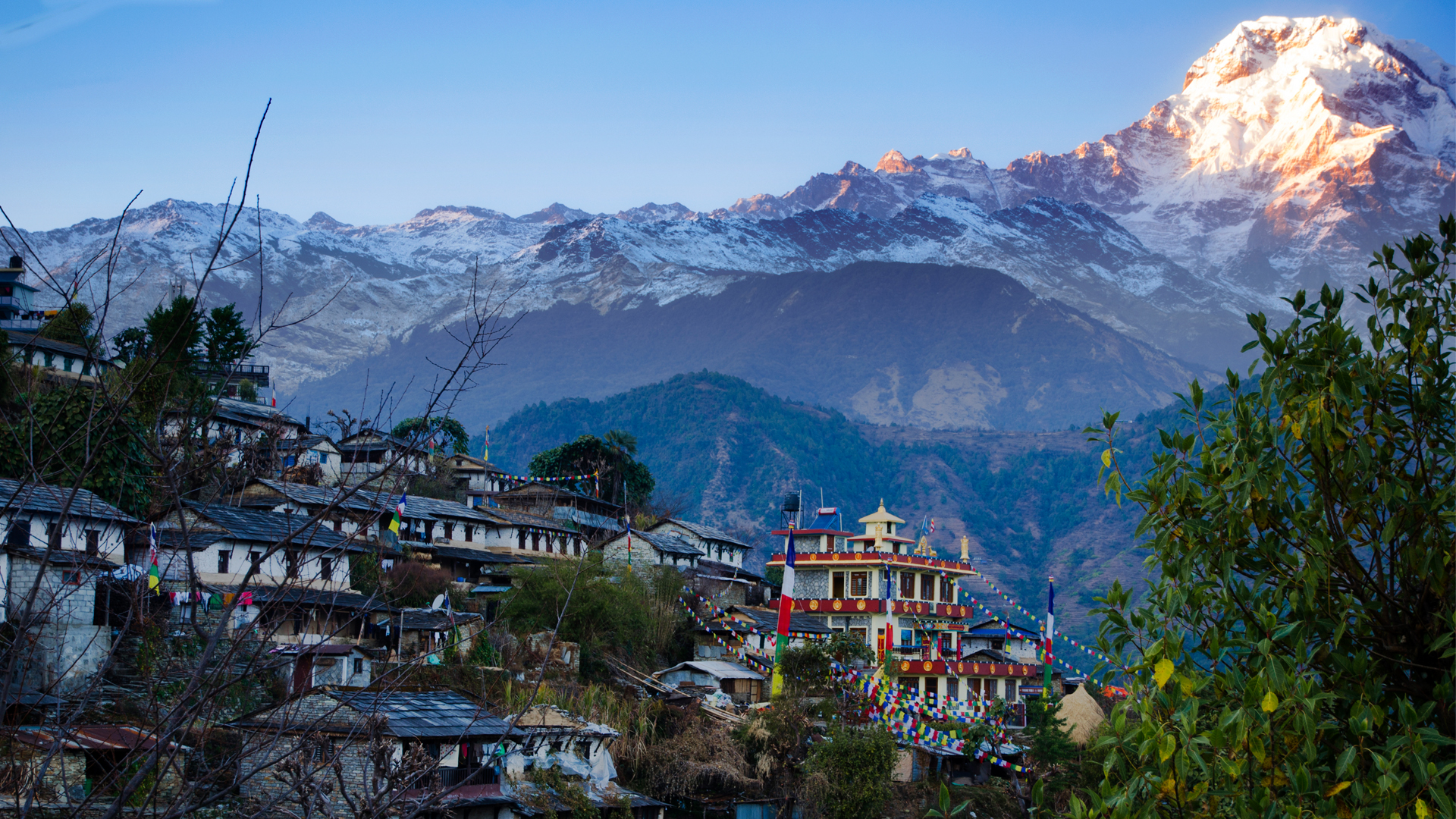 Oct 04, 2021
Oct 04, 2021
Nepal is one of the popular travel destinations in Indian Sub-Continent. For the love of mountains, adventure, trekking, UNESCO heritage sites, culture and more, it is popular getaway. Nestled in the mighty mountains of the Himalayas.
Pashupatinath

Pashupatinath is in the eastern part of Kathmandu. It is one of the major Hindu temples of Lord Shiva in the world and one of the famous pilgrimage spots in Nepal. In the complex there are statues, shrines and temples devoted to other deities along with the Linga image of Lord Shiva. Gold-plated ceiling, silver doors and the woodcarvings of the best quality beautify the Pagoda architecture.
Bhadgaon - The third largest medieval city in the Kathmandu valley, Bhadgaon also known as the Bhaktapur is well preserved. Bhadgaon was the capital of Nepal during the Malla Kingdom from the 12th and the 15th century. The main attractions in Bhadgaon are:
Bhaktapur Durbar Square - Bhaktapur Durbar Square is one of the world heritage sites in the country. The Bhaktapur Durbar Square echoes the rich culture, art and architectural design of the city. The entrance to the main courtyard of the palace is a golden gate. The gate is regarded as the world’s most beautiful and elaborately carved specimens of its kind.
Nyatapol Temple - The Nyatapol Temple is the tallest temple in the Kathmandu valley. The temple is 30 meter tall and was constructed in 1708 AD by King Bhupatindra Mallla. The five terraces of the temple hold a pair of stone figure of the temple guardian. At the bottom are the legendary wrestlers, and then the following levels are guarded by the elephants, lions, griffins and finally two goddesses.
The Bhaktapur National Art Gallery - The Bhaktapur Art Gallery is situated in the Bhaktapur Durbar Square. The Museum was established to portray the rare paintings and manuscripts with painted covers and illustrations. The Gallery also houses brass, bronze, stone and wooden images. The Gallery is travelled around by tourists for the ancient art tradition of Nepal.
Kathmandu Durbar Square - a number of interesting pagodas and Indian style temples (Sikhara), the House of Kumari (the living Goddess) and the Kasthamandap (or wooden house which is the origin of the word Kathmandu) and many more things to see.
Sawayambhunath - The monkey temple, with its commanding views of Kathmandu, its whitewashed stupas and its unique synthesis of Buddhist and Hindu religions.
Hanuman Dhoka – A temple complex in the middle of the old city. Built during the Malla period, the area consists of a number of different monuments & image of Lord Hanumana.
Boudhnath - It is among the largest stupas in South Asia, and it has become the focal point of Tibetan Buddhism in Nepal. The white mound looms thirty-six meters overhead. The stupa is located on the ancient trade route to Tibet, and Tibetan merchants rested and offered prayers here for many centuries. When refugees entered Nepal from Tibet in the 1950s, many of them decided to live around Bouddhanath. They established many gompas, and the "Little Tibet" of Nepal was born.
one of the blessed Buddhist spots in Kathmandu. The Bodnath stupa is one of the largest stupa in the world. The stupa rhythms with life as hundreds and thousands of devotees meet daily spin the prayer wheel, chant and perform a ritual ‘Parikrama’ of the Boudha stupa. The stupa is situated on the ancient trade route to Tibet, and the Tibetan traders would rest and pray here. Today most of the Tibetans living in Bouddhnath are the refugees who fled from Tibet and entered Nepal in 1950. These Tibetans who migrated to Nepal established many gompas and the “Little Tibet” of Nepal was born.
Bhaktapur - The most attractive tourist spot in this grotesque city is the Durbar Square. The Golden Gate in the square, with its intricately carved deities and monsters is one of the most richly carved gates of its kind in the world. The gate leads to the Palace of 55 windows, which has a balcony with 55 windows wand is a masterpiece of woodcarving. The stone temple of Batsala Devi at the square is a beautiful example of the Shikharal style of architecture. The temple also has a colossal bell on the terrace called the ‘Bell of the Barking Dogs’. A magnificent statue of King Bhupantindra Malla praying has been placed in the column facing the palace. Bhakatapur's second main square is Taumadhi Tole, which is home to Nyatapola, the highest temple in the valley and Til Mahadev Narayan, an important place of pilgrimage. At Taumadhi Tole, you can also find Potters' Square, where thousands of clay pots are made and sold. East of Taumadihi Tole, through narrow snaking streets of the old city centre, lies Tachupal Tole, another square containing temples and monasteries and a number of craft museums.
Pokhara
The rare combination of snow-clad peaks and snow fed lakes and rivers has helped to make the valley of Pokhara one of the most picturesque natural attractions in the kingdom. It is located virtually in the geographical center of Nepal. Located on the main road between Kathmandu and Bhairawa, there may be no other place in the world from where Great Himalayas peaks can be admired from such a close distance. The Bindhyavasani Temple on its well-kept platform overlooks a modest amusement park. Phewa Lake, skirted by a large numbers of unpretentious lodges and simple restaurants, is the most congenial spot for visitors.
Nagarkot

One of the best facilitated hill top resort towns to view the majesty of the Himalaya from, Nagarkot is situated at a height of 2195 meters and is only 32 km east of Kathmandu. The resort town is famous for its sunrise and sunset views and even offers glimpses of Mt. Everest in the east on a clear morning while the entire Langtang range looms right in front.

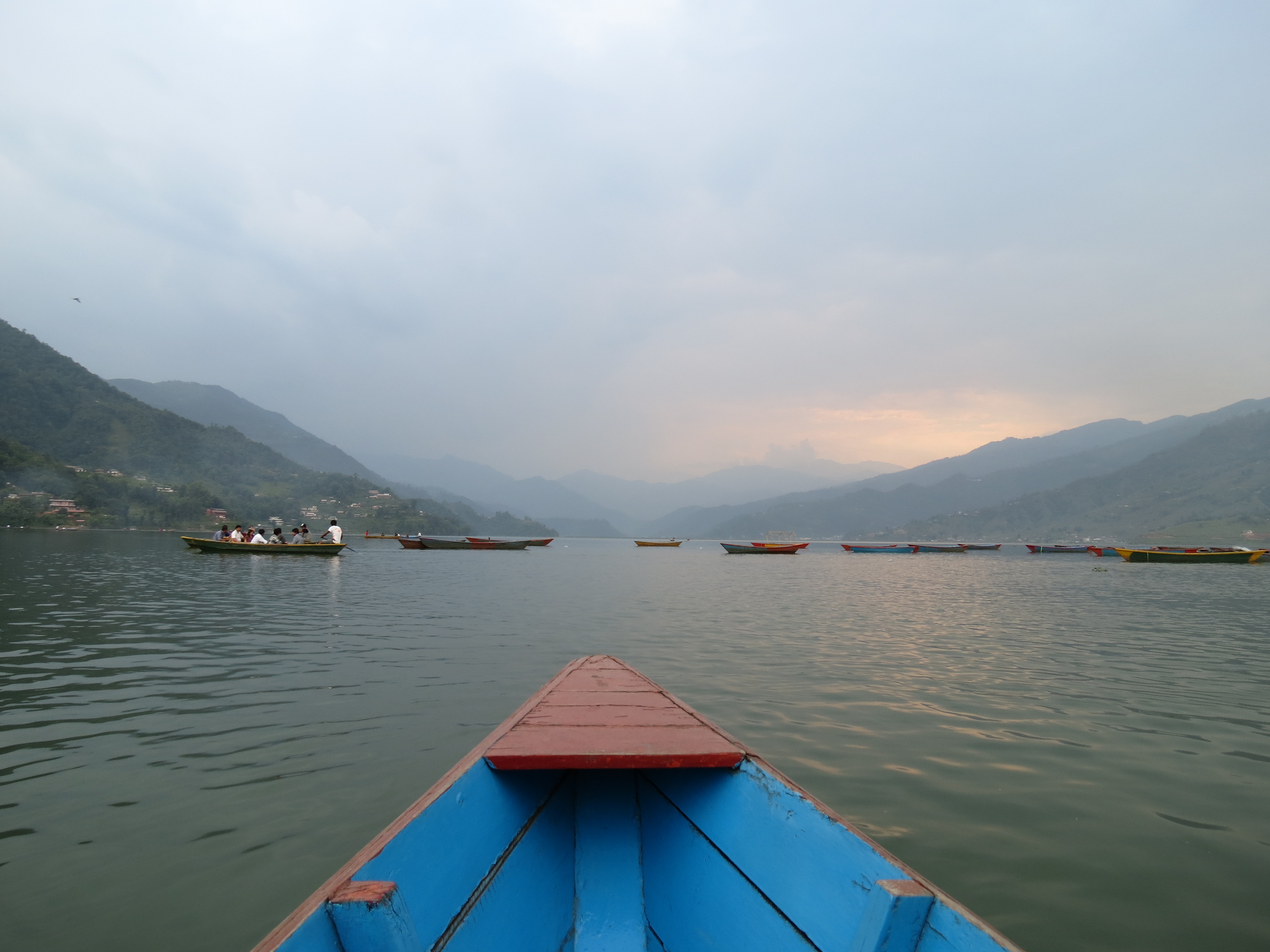
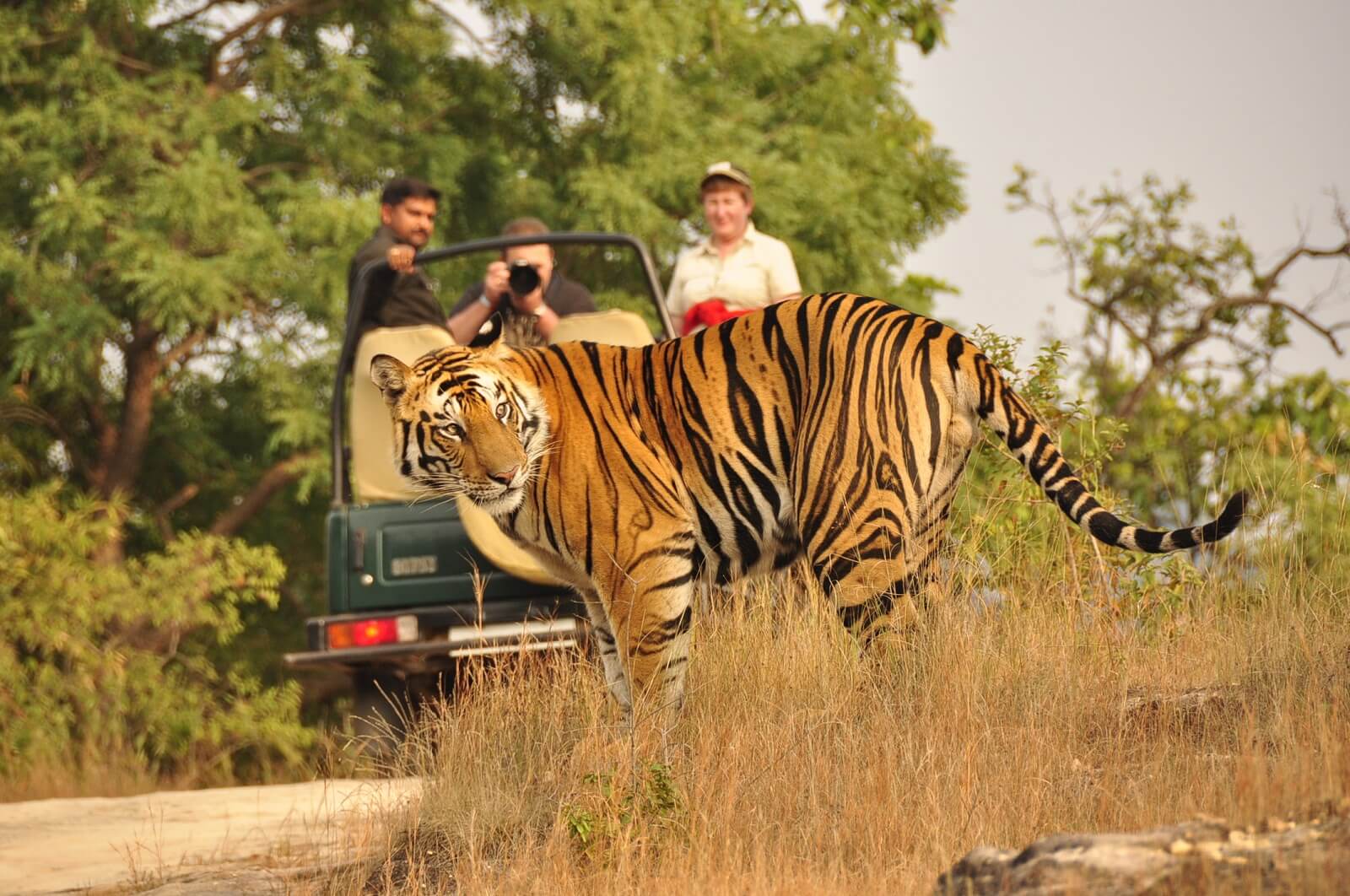
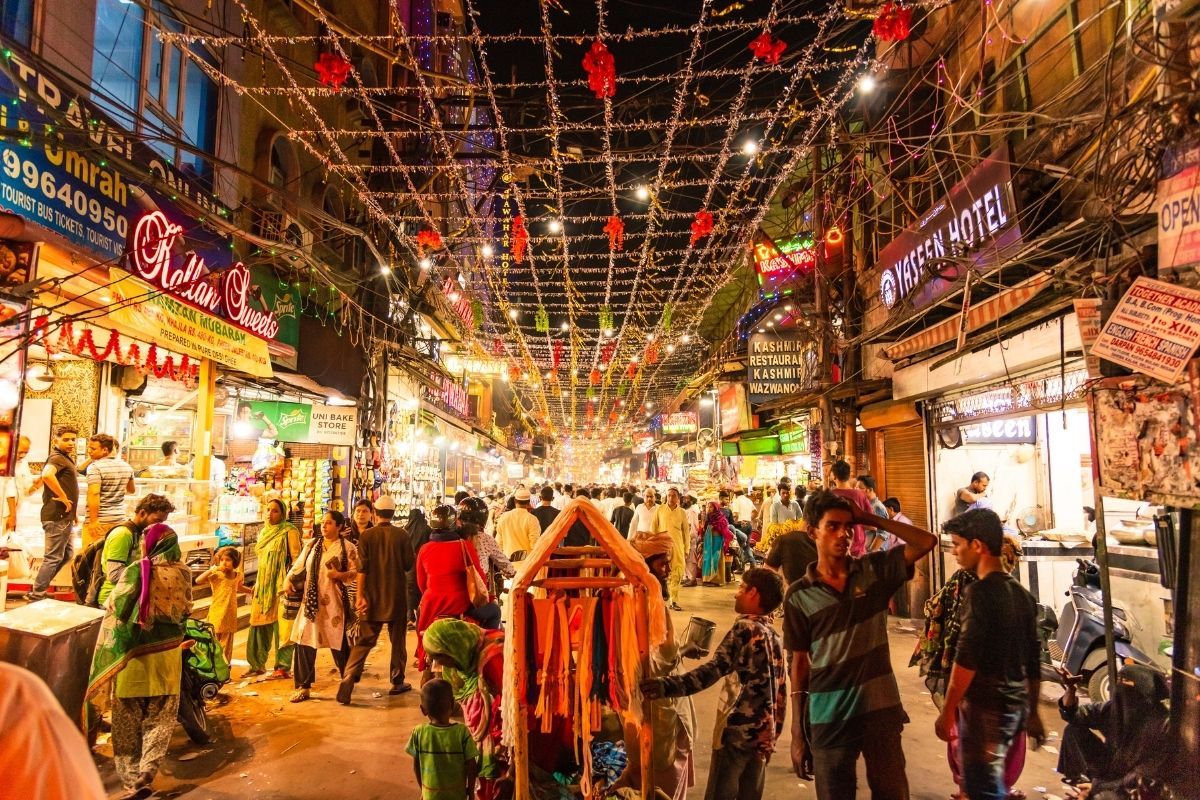


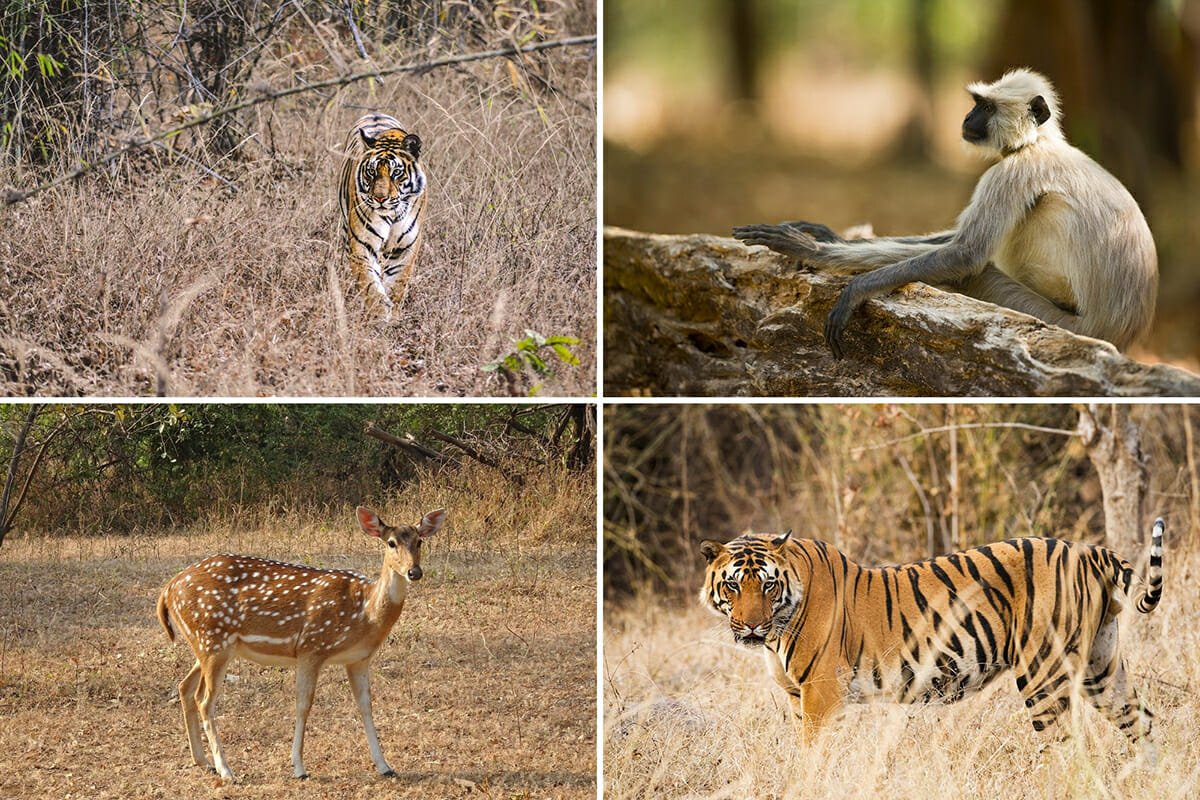


0 comments on "Exploring the Mighty Himalayas of Nepal: Post-COVID Indian Subcontinent Travel Guide"